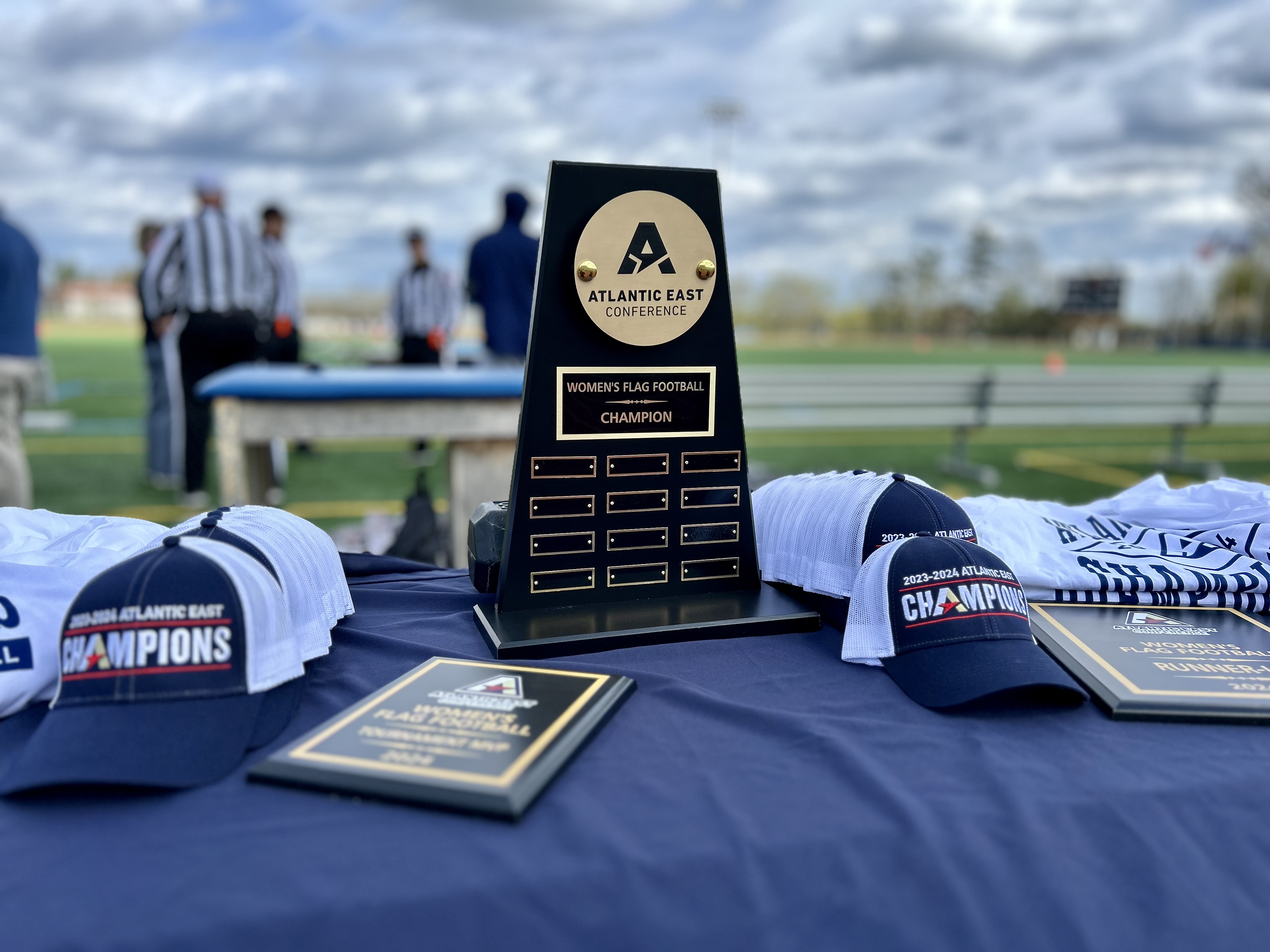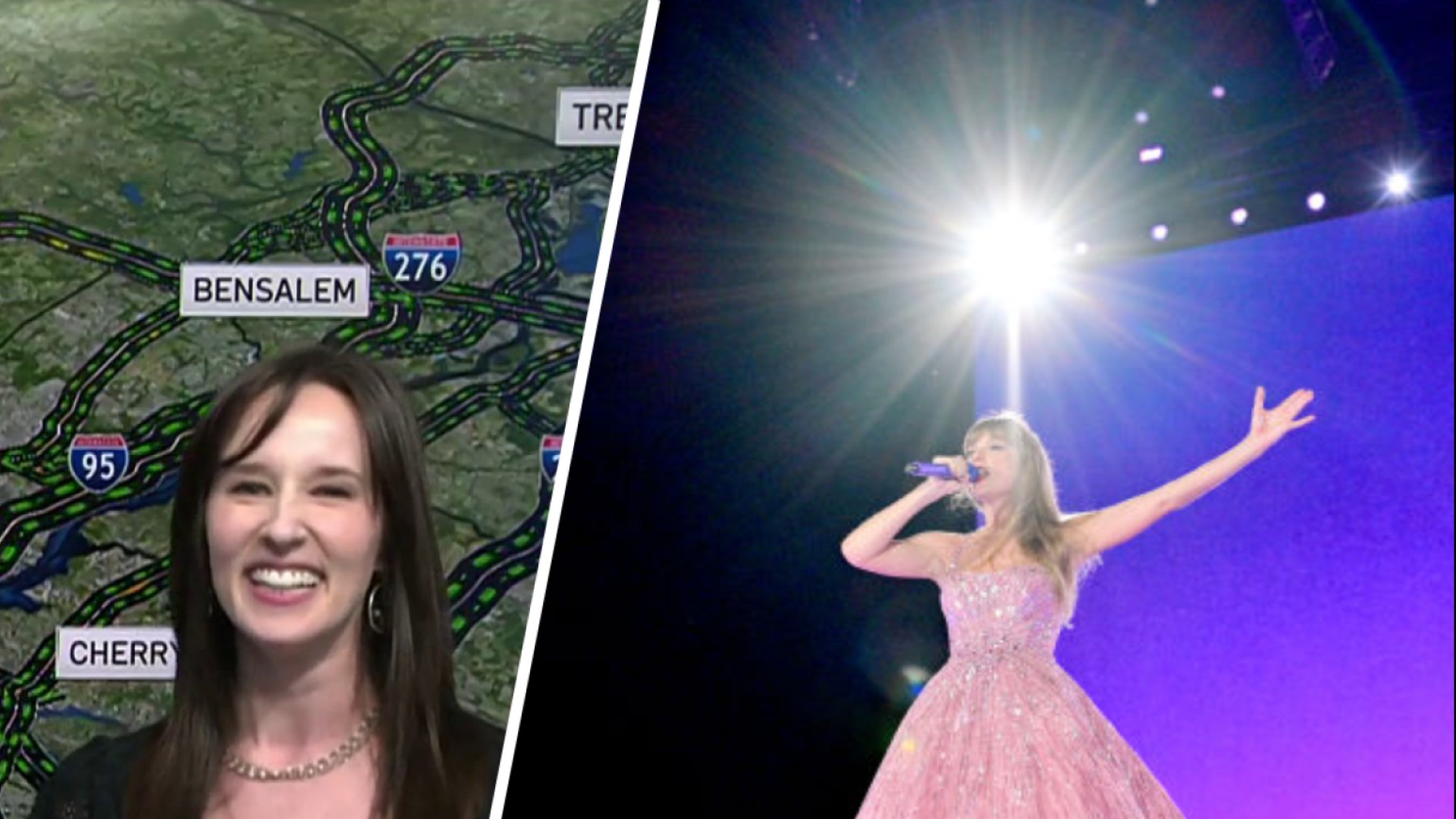Reggie Thomas walked down the path on the battle field, shovel in hand, careful not to make eye contact with the three Confederate soldiers passing by.
When re-enacting, it is important to stay in character.
Thomas heard the still-too-familiar racial slur muttered in his direction. But it was, of course, in character. That day, Reggie Thomas was playing a slave.
Well ho-hum,'' Thomas said. No big deal, all just part of the character.
A Connecticut native living in Gettysburg, Thomas' characters usually don't speak to a white person unless spoken to. His conversations are sprinkled with the occasional "yessah.''
When he meets a lady in period costume, he knows he can't just shake her hand and say "hello.''
He has even considered wearing shackles to help people see what it was like to be a chained slave.
Local
Breaking news and the stories that matter to your neighborhood.
"For me to be an Afro-American in Gettysburg, we were cooks,stewards, or helpers around camps,'' Thomas said. "Back in the day, I couldn't go to a ball because I would have been a server. I can't go and dance with a general's wife because that's just how it was.''
Another day, though, he will wear the blue wool of a soldier of the 54th Massachusetts, the black regiment made famous in the movie "Glory.'' He plays "Trip,'' the Denzel Washington character.
"Only better looking,'' Thomas said with a smile.
No black units fought at Gettysburg, but thousands of blacks on both sides shared their armies' hardships during the battle as teamsters and in other support roles, both as slaves and free men.
In fact, their participation in the war was critical to the Union victory, said Brian Jordan, an instructor of Civil War Era Studies at Gettysburg College. "In the full scope of history, our knowledge of African American involvement in the Civil War really just came to light in the past two decades,'' Jordan said. ``And it really surprises most Americans to learn that.''
After the battles, they often buried the bodies. One black entrepreneur portrayed by Thomas, Basil Biggs, ran crews who had the grisly job of digging up the bodies for reburial in the Gettysburg National Cemetery. The pay was good, anyway _ 8 cents a body.
A successful businessman, Biggs employed many area blacks and made enough money himself to buy a farm.
There are still relatively few blacks in re-enacting, a hobby long dominated by middle-aged white males. But as more attention is paid to the sometimes forgotten history of state units like the 54th and the United States Colored Troops, more people become interested in the varied stories of black experience in the Civil War.
Thomas is trying to recruit more young black men to join re-enactment groups in an effort to teach them more about their vital
An office worker when he first visited Gettysburg three years ago, he was enchanted by the uniformed men and hoop-skirted women roaming the streets.
Three weeks later, he was moving to Pennsylvania.
"I went to my boss and gave notice,'' Thomas said. "I told him that I think I found my calling.''
A friend loaned him a blue uniform and in a few weeks, he landed a job as a ghost-tour guide.
It seemed only natural when a fellow re-enactor suggested he join the 54th. More than 1,000 blacks, free men and escaped slaves alike, flocked to the regiment's colors. The 54th would earn its greatest glory at the Aug. 8, 1863, attack on Fort Wagner on the South Carolina coast.
The regiment lost heavily and didn't capture the fort, but it earned the respect of the fellow white soldiers. The regiment's white colonel, Robert Gould Shaw, fell with his men and was buried with them in a mass grave.
The Confederates hoped that would discourage other white officers from leading black troops, but the reaction was the opposite. There could be ``no holier place'' to be buried than ``surrounded by brave and devoted soldiers,'' Shaw's family said in a letter. But that doesn't mean discrimination ended.
"Americans don't realize that African Americans made up 10 percent of the Union Army,'' Jordan said. "But they made half of what a common white soldier made and had all of the arduous duties like digging trenches and latrines.''
When he's on the Gettysburg battlefield or at re-enactments, Thomas admits he sometimes draws more than his share of stares. He has been asked why he's at Gettysburg, when no black troops fought there.
"I represent all my fallen comrades in arms,'' he answers simply.
Besides, historical accuracy cuts both ways.
Walking with other friends in uniform on the battlefield one day, Thomas spied a man in Confederate gray, waving a Rebel battle flag atop Little Round Top.
As ranking corporal, he felt it was his duty to say something.
He fixed bayonet and approached. That flag never flew on Little Round Top, he informed the re-enactor, who decided to retreat.
"It gets a little touchy sometimes,'' Thomas said. "I was serious and so was he.''
Sometimes, he said, he has to take a deep breath and wonder who will be in the audience today.
"Sometimes the n-word is nothing but an ignorant person and I know that that's how they were brought up,'' Thomas said. "I know that I bleed red just like everyone else.''
This week Gettysburg has filled up for events commemorating the 150th anniversary of the famous battle. Thomas said the best interactions with visitors come from the questions of the children, who aren't afraid to walk up and ask.
One thing they ask is why he's eating grass. They smile when they hear the stalks are really wild onions, tasty enough if you're hungry.
One day, he knows, those children will be taking their kids on battlefield walks. And none of them will mutter about the proud black man in the blue wool uniform.



